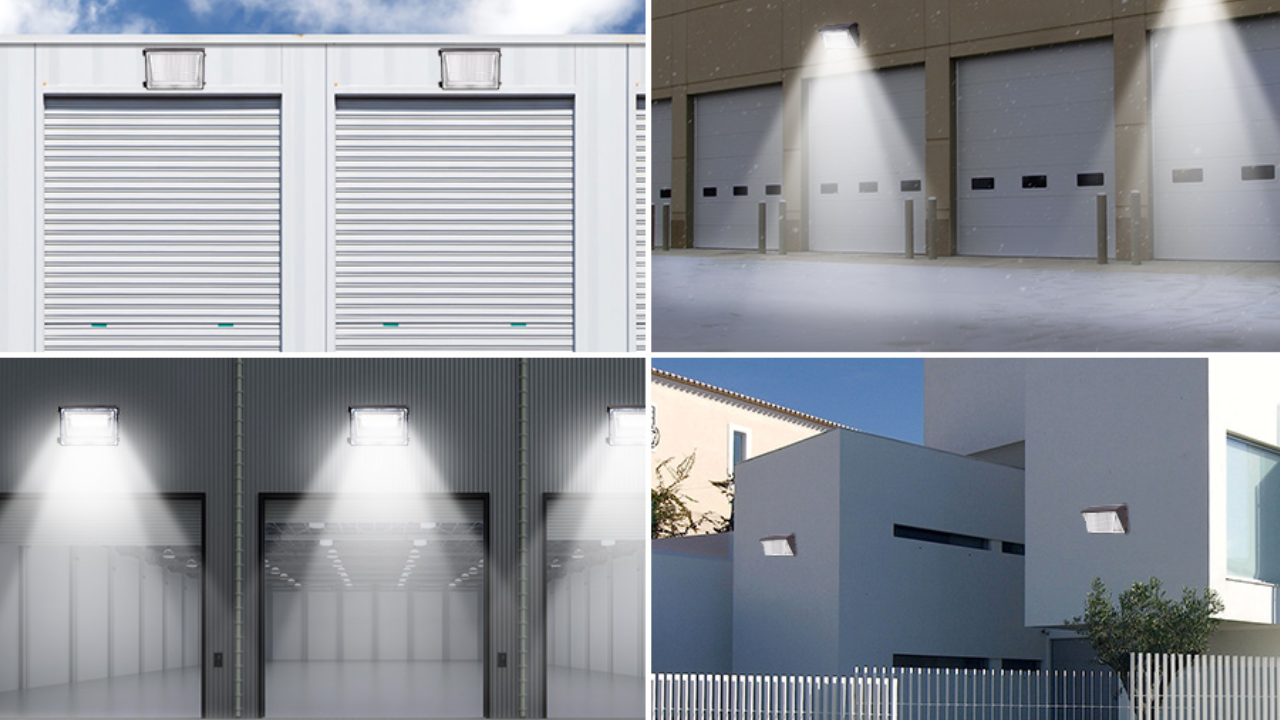Edmond likes to share design blog posts on social media and in online forums. He has a degree in Graphic Design, and he loves working with Adobe Photoshop and Illustrator. In his spare time, Zachary enjoys hiking and camping with his friends.

Energy-efficient wall pack lights have emerged as beacons of innovation, transforming how we brighten our surroundings. These cutting-edge fixtures, created with an emphasis on sustainability and efficiency, are a substantial departure from conventional lighting technologies. Modern wall pack lights are designed with energy savings in mind.
The use of sophisticated technologies, particularly light-emitting diode (LED) technology, has become synonymous with these fixtures. LED wall pack lights not only use much less energy but also have a longer lifespan, decreasing the need for frequent replacements and lowering maintenance expenses.
Motion sensors, dusk-to-dawn automation, and changeable brightness settings are all smart features that increase the efficiency of wall pack lights. To learn more about collections/wall-pack-lights visit revolve.com. As the globe shifts towards more sustainable practices, energy-efficient wall pack lights serve as beacons of progress, illuminating our paths while reducing our environmental effects.
Wall Pack Lights’ Role in Energy Savings
In the pursuit of sustainable and efficient lighting solutions, wall pack lights have emerged as key players, not only illuminating outdoor spaces but also contributing significantly to energy conservation. This article delves into how wall pack lights aid in saving energy, from their technology choices to smart features that optimize illumination without compromising on security and visibility.
Transition to LED Technology
The use of light-emitting diode (LED) technology is an important part of energy efficiency in wall pack lights. LEDs are well-known for their high energy efficiency, utilizing substantially less electricity than traditional lighting sources. The change to LED wall pack lights represents a paradigm shift, providing endurance, durability, and significant energy savings.
Reduced Power Consumption
LED wall pack lights use less power and provide high-quality illumination. LEDs’ intrinsic efficiency translates into lower energy usage, resulting in lower electricity bills for both home and commercial customers. This reduction in electricity usage is consistent with the global emphasis on sustainable practices and lower carbon footprints.
Longevity and Lower Maintenance Costs
LED wall pack lights last longer than traditional lighting systems. LEDs’ endurance not only eliminates the need for replacements but also lowers maintenance costs. This long-lasting performance maintains a continuous level of energy-efficient lighting over time, hence increasing the total cost-effectiveness of the fixtures.
Instant-On Capability
Wall pack lights equipped with LED technology feature instant-on capability. Unlike traditional lights that may take time to reach full brightness, LEDs provide immediate illumination. This feature eliminates the need for lights to be left on continuously, promoting energy savings by ensuring that illumination is only active when required.
Dimming and Adjustable Brightness
Many new wall pack lights have dimming or changeable brightness settings. This feature allows users to customize the lighting intensity based on their specific needs and occupancy patterns. Dimming settings help to save energy by reducing power usage during periods of low activity or when maximum brightness is not required.
Motion Sensors and Smart Controls
Incorporating motion sensors into wall pack lights increases energy efficiency by activating lights only when they detect movement. This feature is very useful for security lighting, ensuring that lights are turned on only when necessary. Smart control solutions allow customers to remotely regulate and monitor their lighting, optimizing energy use based on real-time requirements.
Dusk-To-Dawn Automation
Wall-pack lights with dusk-to-dawn sensors automatically alter their operation to match ambient light levels. During daylight hours, when there is enough natural light, these lights are turned off, saving electricity. As darkness falls, the sensors activate the lights, giving energy-efficient lighting just when needed.
Photocells for Adaptive Illumination
Photocells, which measure ambient light levels, contribute to adaptive illumination in wall pack lights. When natural light is ample, the lights can be programmed to operate at a lower intensity or remain off, further reducing energy consumption. This adaptability ensures that energy is utilized judiciously, aligning with sustainable practices.
Sum Up
Wall pack lights are at the forefront of energy-efficient lighting options. The use of LEDs, along with innovation, guarantees that these lights not only efficiently illuminate outdoor spaces but also contribute to lower energy consumption and operating expenses. As the world embraces sustainability, the role of wall-packed lights in achieving enlightened efficiency expands, suggesting a future in which well-lit spaces coexist peacefully with responsible energy consumption.
